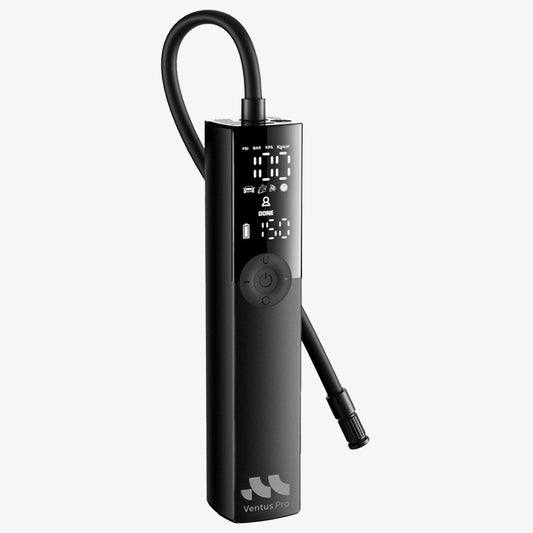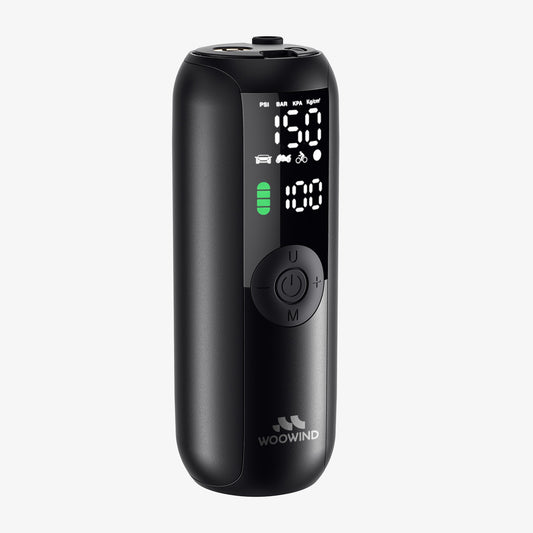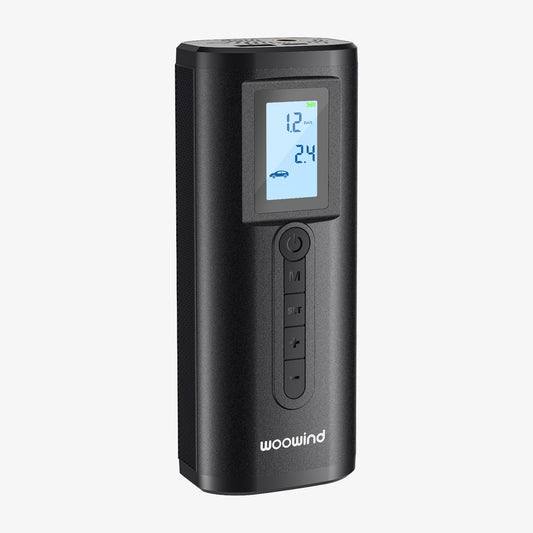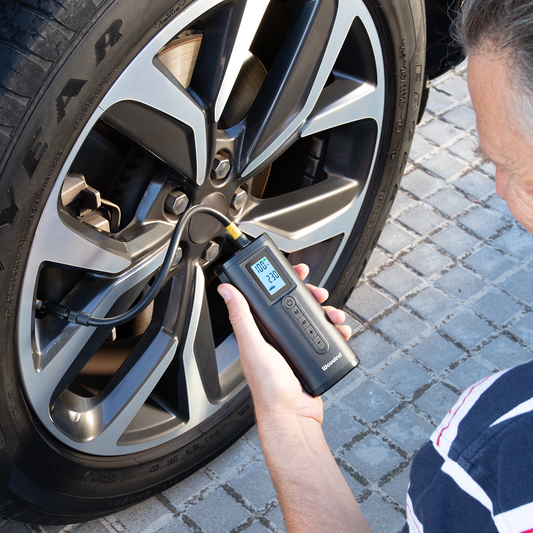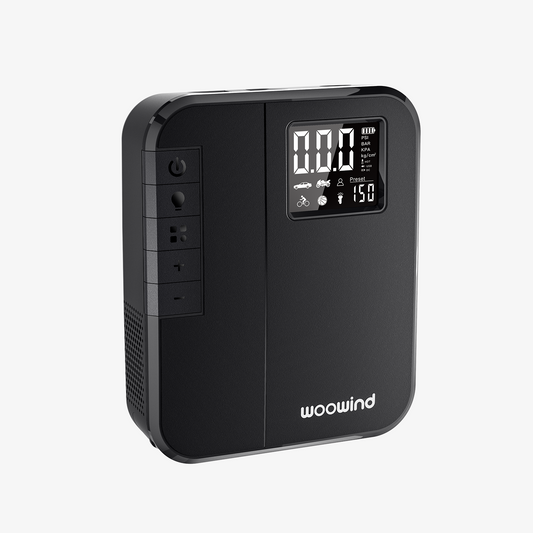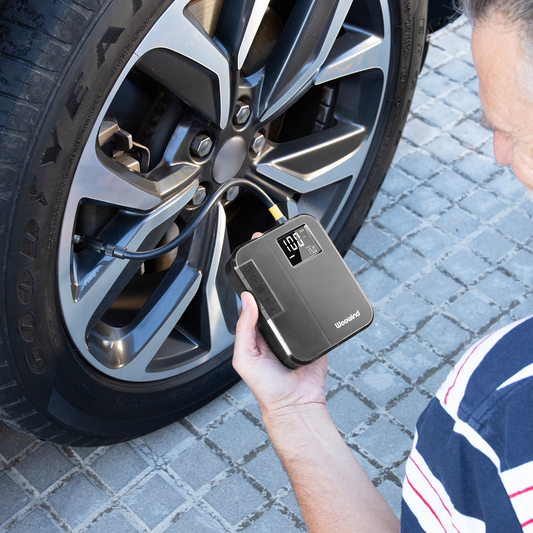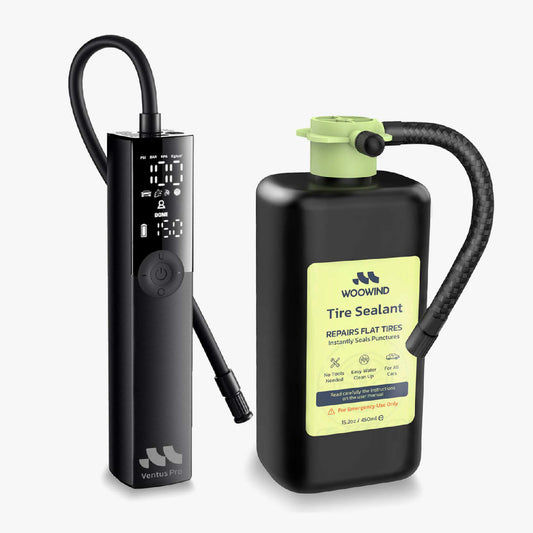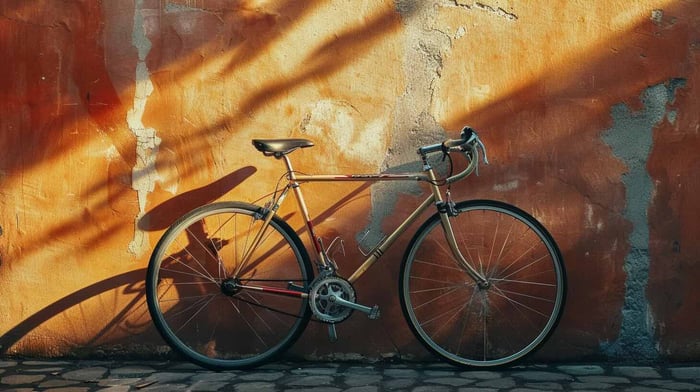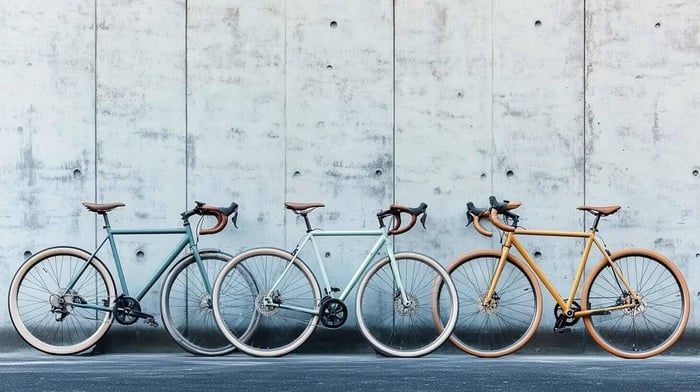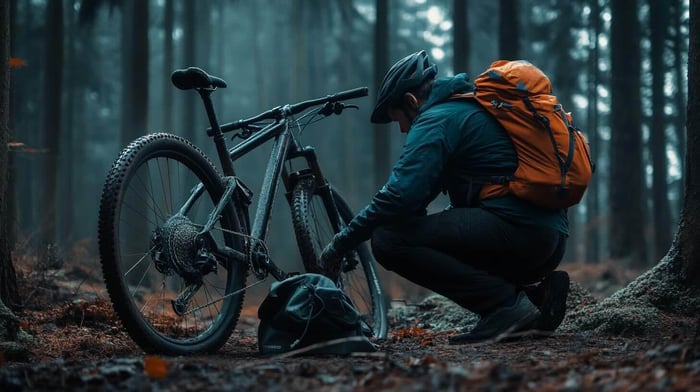
What Is a Clincher Bicycle Tire? A Clear Guide for Everyday Riders
Clincher bicycle tires are the most common and versatile tire type you'll find on road bikes, mountain bikes, and commuter bikes alike. If you've ever wondered "what is a clincher bicycle tire," this guide explains everything you need to know—from how it works to how it compares with tubular and tubeless options. Whether you're a beginner cyclist or a daily commuter, knowing your tire type helps you make smarter, safer riding decisions.
Table of Contents
Clincher vs. Tubular vs. Tubeless: What’s the Difference?
Clincher Tires: Use a hooked rim edge to "clinch" the tire bead in place. Most require an inner tube, though tubeless-ready clinchers exist.
Tubular Tires: The tube is sewn inside and the tire is glued to the rim—lighter but harder to repair.
Tubeless Tires: Seal directly onto the rim without tubes; sealant inside helps close small punctures automatically.
Clinchers win on ease of use and compatibility, making them ideal for everyday cyclists.
Why Clincher Tires Are the Go-To Choice for Most Cyclists
Simple Maintenance: Inner tubes can be replaced roadside with minimal tools.
Affordable: Replacement tubes are cheap and widely available.
Wide PSI Range: Ideal for road bikes (80–100 PSI) and mountain bikes (30–50 PSI).
Rim Versatility: Compatible with most standard wheelsets.
Whether you're dealing with city streets or gravel paths, clinchers handle a variety of terrain with ease.
How to Identify, Inflate, and Maintain Clincher Tires
Identification: Look for a separate inner tube and a hooked rim sidewall.
Inflation: Use a smart inflator like the Woowind BP188 for bikes or Ventus Pro for MTB and hybrid setups.
Maintenance Tip: Always seat the tire bead properly before inflating to avoid blowouts.
Regular pressure checks, debris removal, and keeping a spare tube handy will extend tire life and keep you safer on the road. For help with sizing, see this guide on how to measure bike tire size, or learn how to remove a bicycle tire safely.

Best Use Cases for Clincher Tires: Road, MTB & Commutes
Road Cycling: Balance of grip, speed, and simplicity
Mountain Biking: Durable with flexible PSI options
Commuting: Easy patch-and-go solutions for city riders
Clincher tires suit casual and performance-focused cyclists alike—and they’re great for riders who prioritize convenience and cost-efficiency.
Tools That Pair Perfectly With Clincher Tires
Inflating clincher tires is quick and accurate with the right gear:
Woowind BP188: Compact, USB-rechargeable pump with 150 PSI capacity—ideal for road and city bikes
Woowind Ventus Pro: Dual-power performance inflator with dual-screen PSI display and LED light for hybrid bikes or e-bikes
Explore Woowind's full range of bike air pumps to find your perfect companion.
FAQs
What is the main advantage of a clincher tire?
Clincher tires are easy to install, maintain, and repair—ideal for everyday riders.
Can I convert my clincher tire to tubeless?
Yes, if it's labeled "tubeless-ready," you can use sealant and compatible rims for a tubeless setup.
How do I know if I have a clincher tire?
Check for a separate inner tube and a rim with hooked edges that hold the bead.
What's the recommended PSI for clincher tires?
Road bikes typically use 80–100 PSI, while mountain bikes run 30–50 PSI.
Are clincher tires heavier than tubular ones?
Yes, slightly—but the trade-off is better convenience and repairability.
Clincher bicycle tires strike the perfect balance between performance and practicality. Now that you know what they are and how to care for them, you’ll ride with more confidence—and fewer flats.
